Officially known as the London Millennium Footbridge, this iconic pedestrian bridge gracefully spans the River Thames, connecting the Tate Modern Art Gallery to Saint Paul’s Cathedral, two of London’s most recognizable landmarks. But to many Londoners, this bridge has another, more affectionate name – “The Wibbly Wobbly Bridge.” This moniker hints at the bridge’s unique history, a tale of design, engineering, and the resilience of a city that embraces its quirks.
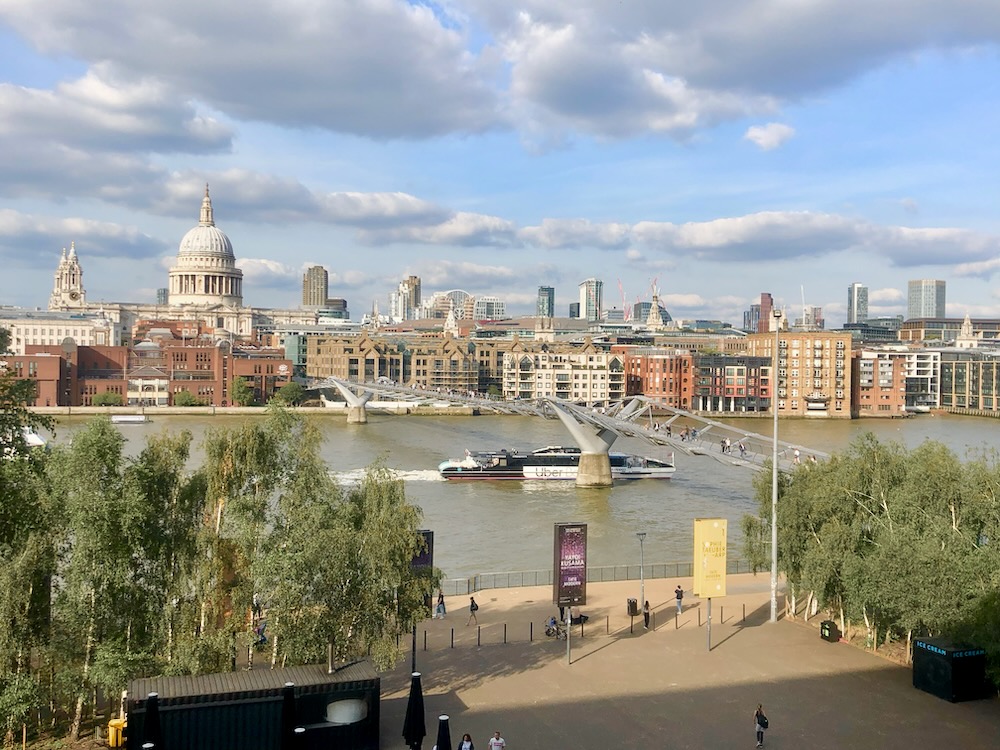 View of London Millennium Footbridge from Tate Modern. Photo Credit: © Ursula Petula Barzey.
View of London Millennium Footbridge from Tate Modern. Photo Credit: © Ursula Petula Barzey.
Opening of the London Millennium Footbridge
Many Londoners will know the story of how the Millennium Footbridge had to be closed soon after it opened because the designers, who had won the competition to design the bridge and included the distinguished architect Norman Foster and the sculptor Anthony Caro, had not anticipated that a large number people walking across a footbridge at the same time subconsciously march in step and that this has a destabilising effect on the bridge (hence its nickname).
This phenomenon, which is known as ‘synchronous lateral excitation’, made many people (including the author) who walked over the bridge on that first day feel that it was ‘not quite right’. The Millennium Footbridge was closed soon after its opening in June 2000, and it took two years of strengthening to correct this and make people feel safe walking over it once more. The bridge reopened to the public in 2002 and can now hold up to 5,000 people at a time.
The London Millennium Footbridge cost £18.2 million to construct (£2 million over budget). The money was provided by the now-disbanded Millennium Commission, which was a public body set up to provide funds to celebrate the Millennium. The money came from the National Lottery, which has taken over the role of the Commission after it was wound up in 2006. No taxpayer’s money was used for the construction or maintenance of the Millennium Footbridge.
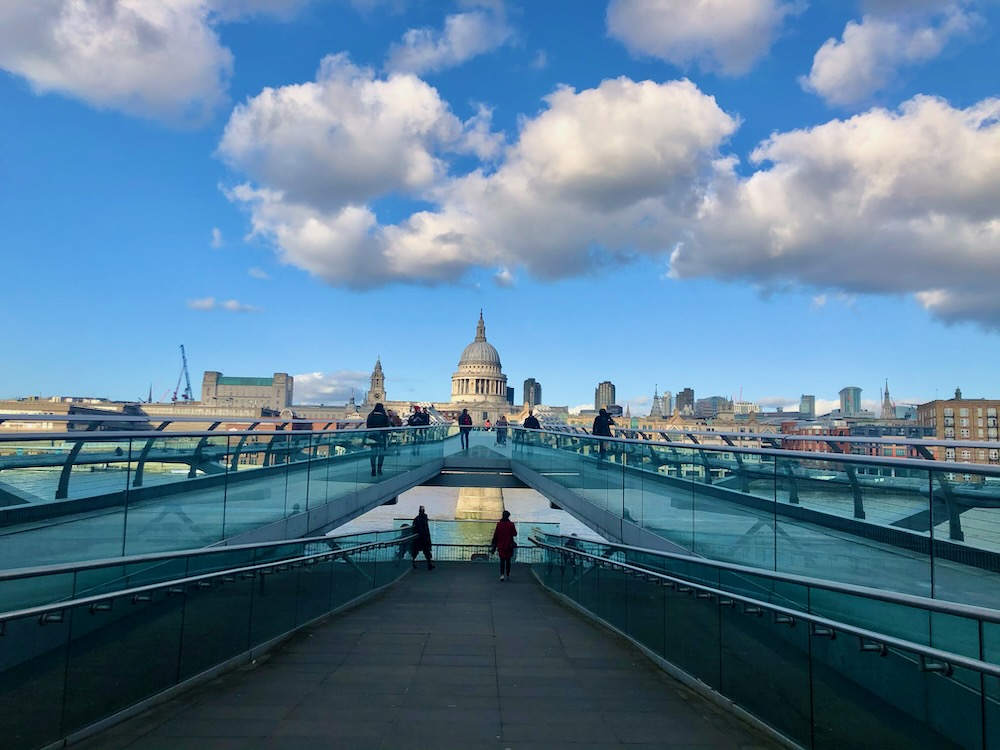 At the entrance to London Millennium Footbridge near Tate Modern. Photo Credit: © Ursula Petula Barzey.
At the entrance to London Millennium Footbridge near Tate Modern. Photo Credit: © Ursula Petula Barzey.
Tourist attractions near the Millennium Footbridge
The Millennium Footbridge is now a popular part of London’s landscape and is often used by Blue Badge Tourist Guides who want to walk people from the Tate Modern Museum and the Globe Theatre in Southwark to Saint Paul’s Cathedral in the City of London. On a fine day, this is a wonderful way to see London, with the famous London Bridge nearby and the River Thames below. Vehicles (including bicycles) are banned from using the bridge, which is reserved purely for the use of pedestrians.
London Bridge was the only bridge across the Thames when William Shakespeare came to London in the sixteenth century. The acting company he joined was not allowed inside the City of London. At first, they had a theatre in the East End of London, but after an argument with the owner of the land on which it stood, they moved to Southwark from Shoreditch in 1599, performing near bear-baiters, prostitutes and other undesirables excluded from the City.
This theatre, which they brought with them from the East End, was renamed The Globe and was rebuilt largely as a result of the efforts of an American actor and director called Sam Wannamaker. (His daughter Zoe is a well-known actress in London.) He cajoled the great and good in Britain to contribute funds towards the rebuilding of the Globe, which was opened in 1997. Shakespeare’s plays are performed there in the same way they would have been during his lifetime. Wannamaker, however, did not live to see his labour of love open, having died in 1993. A plaque commemorates him by the Globe.
With the popularity of the Globe Theatre and Tate Modern, as well as Borough Market nearby, many visitors to London like to explore the Southwark area and stroll by the side of the Thames. They can then cross the river towards Saint Paul’s Cathedral and the City by walking over the Millennium Footbridge – or The Wibbly Wobbly Bridge, as many Londoners still call it. It is quite safe to cross now, having been strengthened after its initial teething troubles.
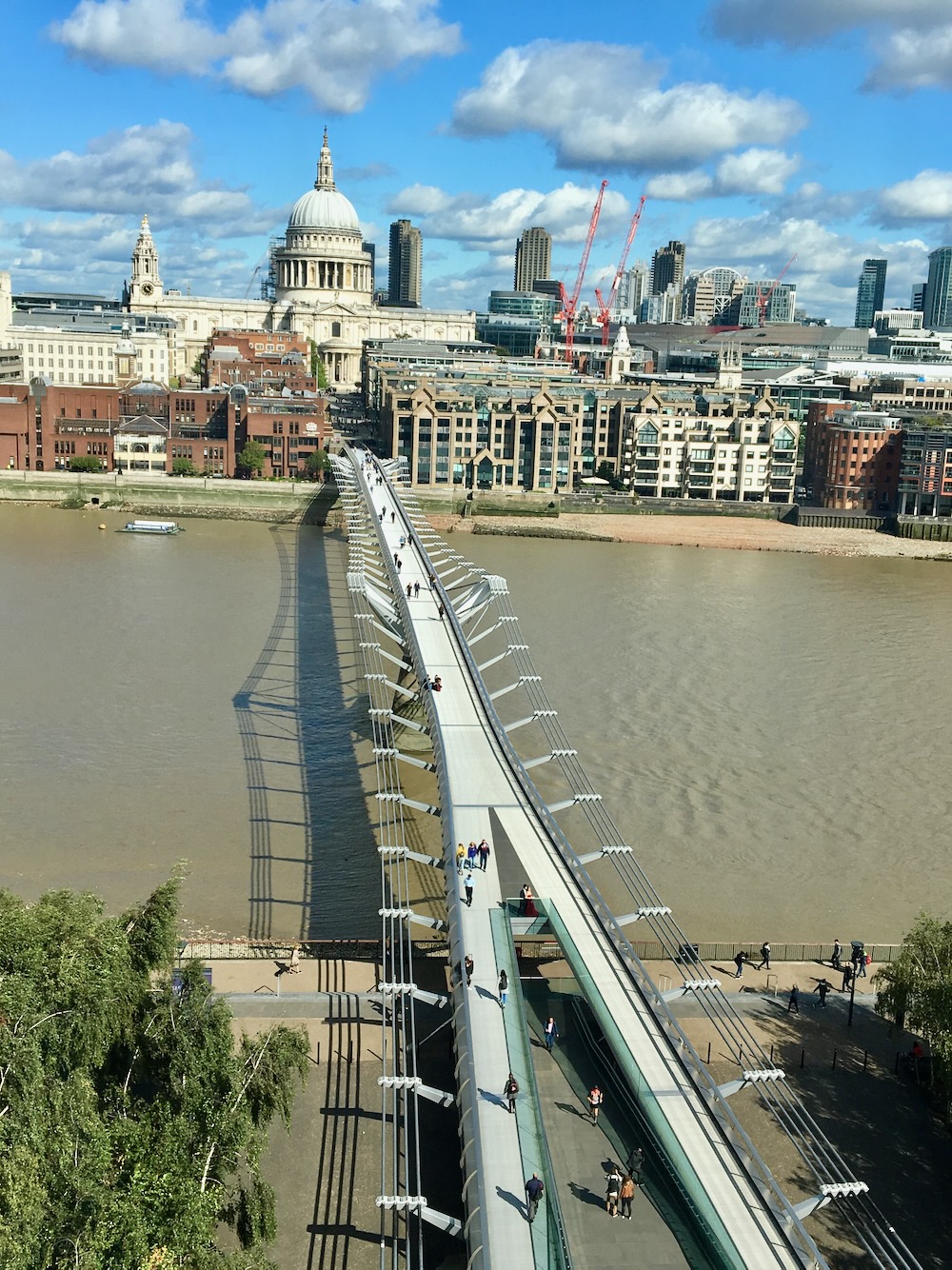 View of London Millennium Footbridge from Tate Modern. Photo Credit: © Ursula Petula Barzey.
View of London Millennium Footbridge from Tate Modern. Photo Credit: © Ursula Petula Barzey.



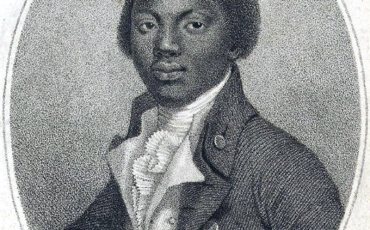
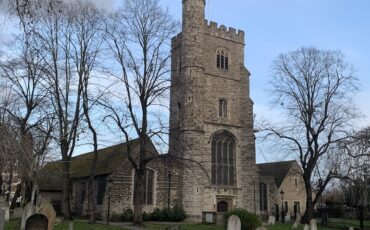

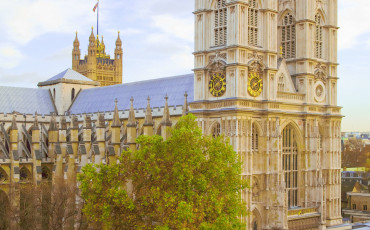
Leave a Reply